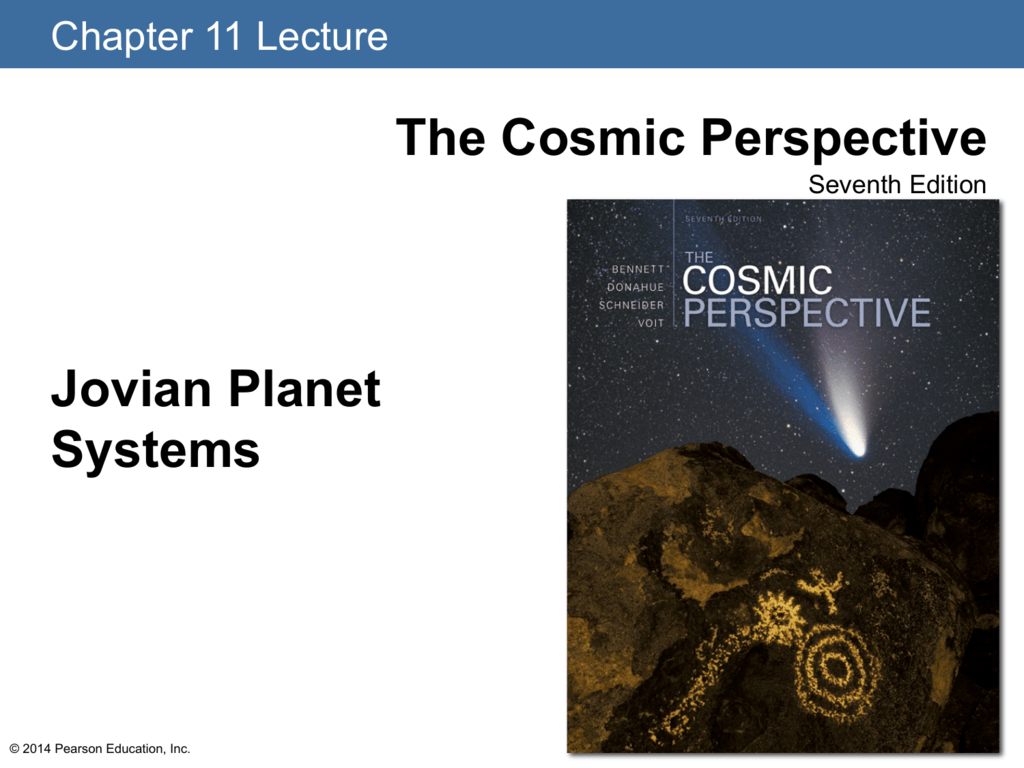

The cookie is used to store the user consent for the cookies in the category "Performance". This cookie is set by GDPR Cookie Consent plugin. The cookie is used to store the user consent for the cookies in the category "Other. The cookies is used to store the user consent for the cookies in the category "Necessary". The cookie is set by GDPR cookie consent to record the user consent for the cookies in the category "Functional". The cookie is used to store the user consent for the cookies in the category "Analytics". These cookies ensure basic functionalities and security features of the website, anonymously. Necessary cookies are absolutely essential for the website to function properly. It is the only planet in our solar system whose density is less than water….Planetary Densities. Saturn is mainly composed of the lightest two gases known, hydrogen and helium. They contain only small amounts of Hydrogen and Helium and are mainly heavier elements which are denser. Why do Jovian planets have relatively low densities?Įxplanation: The gas giants Jupiter and Saturn have low density because they mainly consist of Hydrogen and Helium. The Jovian planets’ colors differ due to their temperature, composition, and cloud height. If it could be placed in a giant swimming pool, the planet would float. The outer planets are made mostly of low density gases these are often known as Jovian (Jupiter-like) planets. In composition and mass and density, Jupiter is most like: the Sun. What is different about the composition of the inner planets vs the outer planets The inner planets are made of rocky material which has higher density these are often known as terrestrial (earth-like) planets.

This is due to the fact that these planets are mostly composed of gas, which does not have the same density as other materials. What is true about solar system densities the denser planets lie closer to the Sun. Saturn, for example, is made of materials lighter than water. The densities of Jupiter, Uranus, and Neptune are all larger than 1 g/cm3, but they are made of materials with densities that are equal to or less than 1 g/cm3 in order to achieve their overall masses. It’s less dense than water, which has led many people to postulate that it would float.ĭespite their size, the Jovian planets have low densities because of their gaseous composition. Jupiter is the largest planet in the solar system, but it’s Saturn-the solar system’s second largest planet-that takes the prize for least dense. Surprisingly, it is the trace gases in the Jovian atmospheres - not the hydrogen or helium - that give the planets’ clouds their color. Saturn, for example, is made of materials lighter than water. Despite their size, the Jovian planets have low densities because of their gaseous composition.


 0 kommentar(er)
0 kommentar(er)
